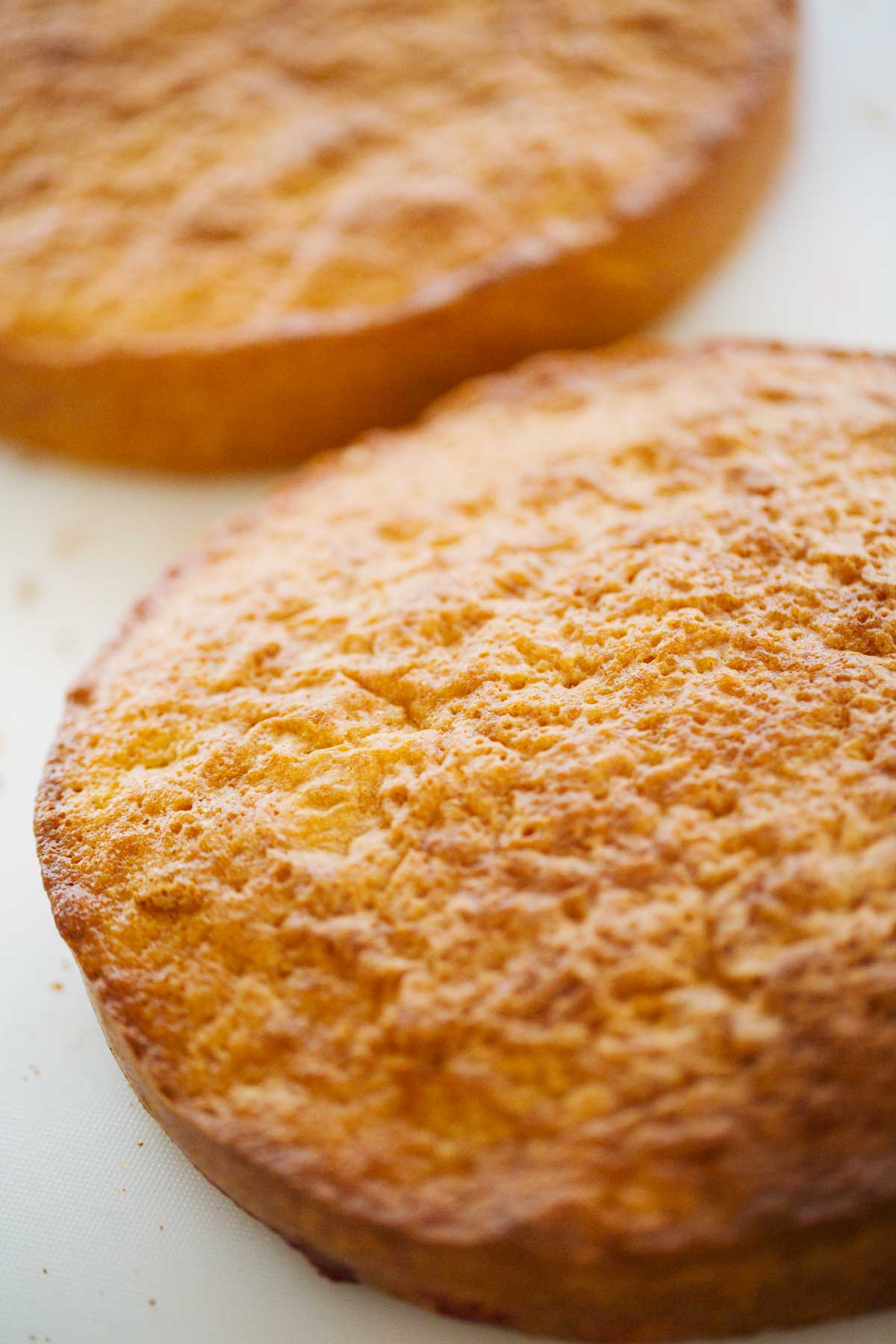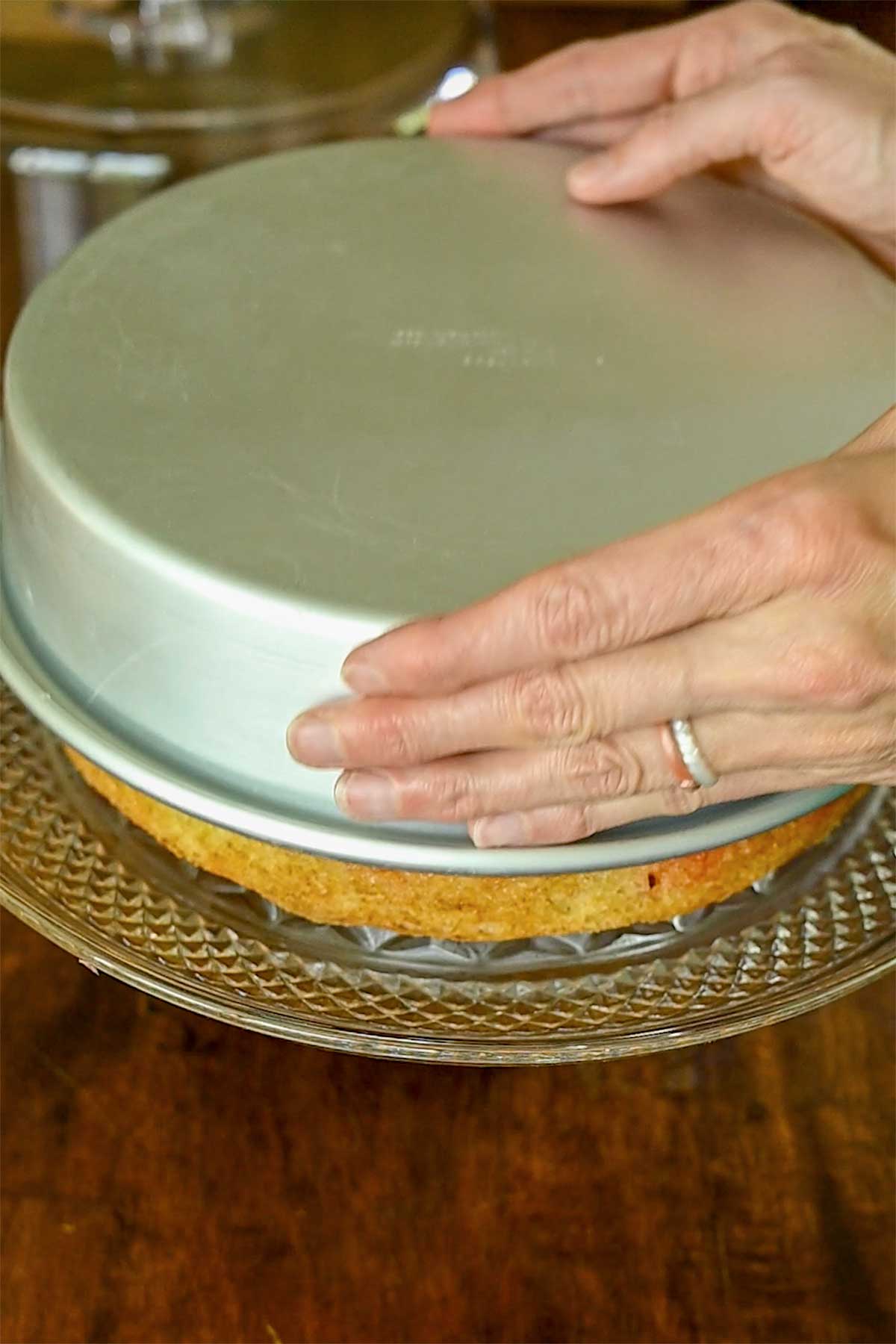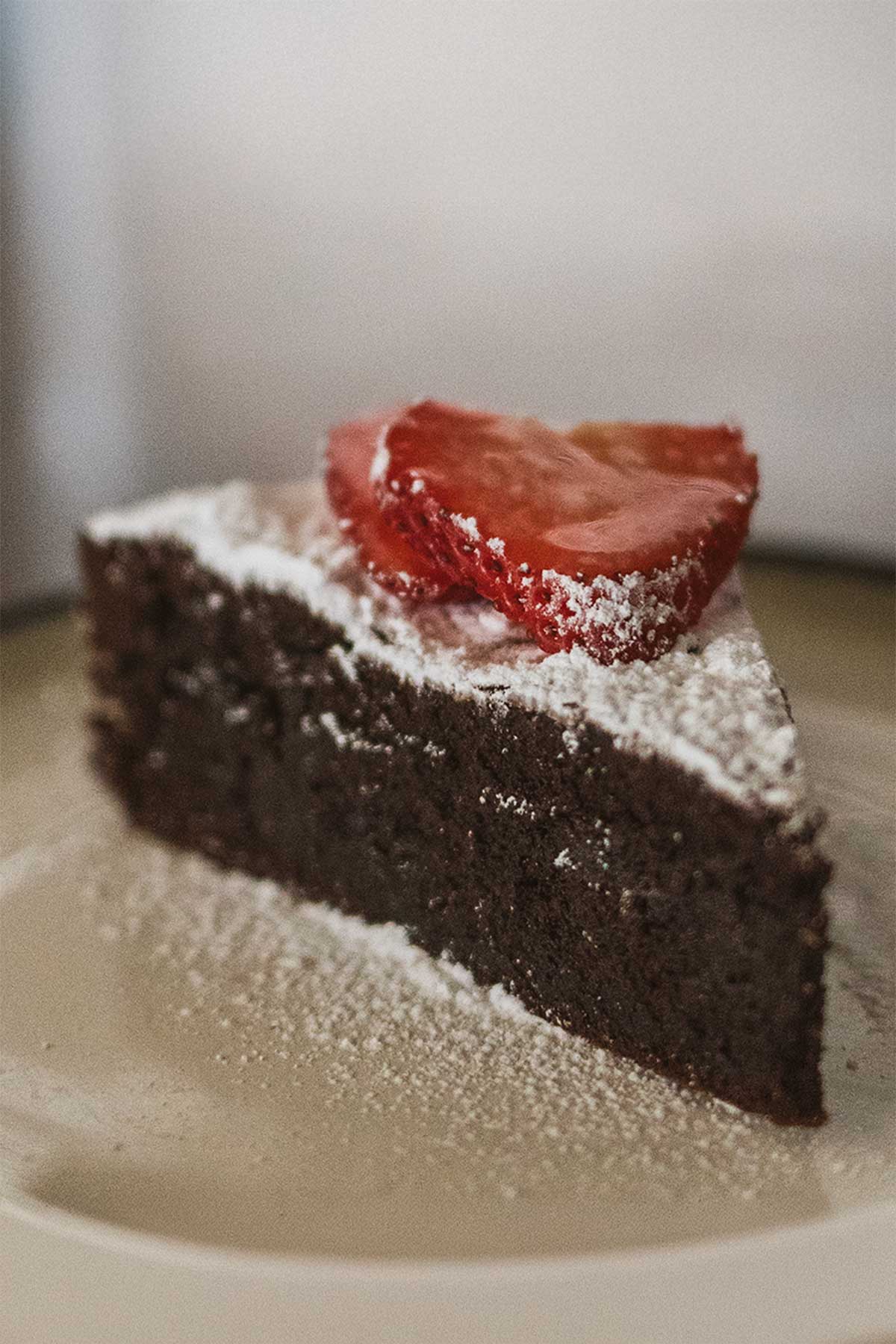Why Do Cakes Sink (And How to Fix It)
There’s nothing more disheartening than pulling a cake out of the oven, only to watch it collapse in the middle like a baking tragedy. If you’ve ever wondered, “Why do cakes sink?” you’re not alone. A sunken cake can feel like a personal defeat, but don’t toss your spatula just yet! Understanding why cakes sink and how to prevent it can save your next bake from disaster. Let’s dive into the most common culprits and practical fixes to ensure your cakes rise to the occasion.

Why Do Cakes Sink?
Cakes sink when their structure fails to hold as they bake or cool. This can happen for several reasons, ranging from ingredient missteps to oven mishaps. Here are the top causes:
- Underbaking
If a cake isn’t baked long enough, the center remains undercooked and too weak to support itself. As it cools, the delicate structure collapses.
Fix: Always check for doneness. Insert a toothpick or skewer into the center; it should come out clean or with just a few moist crumbs. If the edges are pulling away from the pan and the top springs back when lightly pressed, it’s likely done. Follow recipe times but trust your tests, as ovens vary. - Too Much Leavening Agent
Baking powder or baking soda makes cakes rise by releasing gas bubbles. Too much, and the bubbles grow too large, causing the cake to puff up dramatically, then crash.
Fix: Measure leavening agents precisely with measuring spoons, not by eyeballing. Double-check your recipe, especially if you’re scaling it up. If you’re at high altitude, reduce leavening slightly (about 10-20%) to account for lower air pressure. - Incorrect Flour or Liquid Ratios
Too much liquid or too little flour weakens the batter’s structure, preventing it from holding the rise. Conversely, too much flour can weigh the batter down.
Fix: Use a kitchen scale for accuracy—volume measurements (like cups) can be inconsistent. Stick to the recipe’s ingredient ratios. If you’re substituting (e.g., almond flour for all-purpose), research proper adjustments, as flours behave differently. - Opening the Oven Door Too Soon
Peeking at your cake early in baking lets cold air rush in, shocking the batter and deflating delicate air bubbles.
Fix: Resist the urge to check until at least two-thirds of the baking time has passed (e.g., 20 minutes for a 30-minute bake). Use the oven light and window if you have them. If you must open the door, do it quickly and gently. - Overmixing the Batter
Overmixing develops too much gluten, creating a tough structure that can’t support the rise. It can also knock out air bubbles, leading to a dense or sunken cake.
Fix: Mix just until ingredients are combined. For most recipes, stop when you no longer see streaks of flour. Use a gentle folding motion for delicate batters like genoise or chiffon. - Oven Temperature Issues
An oven that’s too hot causes the cake to rise too quickly, forming a crust before the center sets. When the center finally cooks, it collapses. Too cool, and the cake doesn’t set properly.
Fix: Invest in an oven thermometer to verify your oven’s accuracy—many run hotter or cooler than the dial suggests. Preheat fully (15-20 minutes) and bake in the center rack for even heat. Avoid frequent temperature changes by not opening the door. - Improper Cooling
Cooling a cake too quickly (e.g., in a drafty spot or fridge) or turning it out of the pan too soon can cause the warm, fragile structure to cave.
Fix: Let the cake cool in the pan on a wire rack for 10-15 minutes before turning it out. Then cool completely on the rack at room temperature. Avoid stacking cakes or placing them in airtight containers until fully cooled to prevent trapped steam.

Bonus Tips for Foolproof Cakes
- Room-Temperature Ingredients: Cold eggs, butter, or milk can affect emulsification and batter consistency, leading to uneven rising. Let them sit out for 30-60 minutes before starting. If you’re in a rush to bring ingredients to room temperature, check out my baking hacks for beginners for some time-saving tips.
- Fresh Ingredients: Baking powder and soda lose potency over time. Test baking powder by mixing 1 tsp with ½ cup hot water and ¼ tsp vinegar—it should fizz. For baking soda, use ¼ tsp with ½ tsp vinegar and hot water. Replace if they don’t bubble.
- Pan Prep: Use a pan release, grease and flour pans thoroughly, or line with parchment. Overfilled pans can overflow or sink, so fill only ⅔ full.
- Recipe Reliability: Not all recipes are created equal. Stick to trusted sources or test a new recipe in a small batch first.

Troubleshooting Checklist
Still asking, “Why do cakes sink?” Run through this quick checklist next time your cake sinks:
- Did I measure ingredients accurately?
- Was my oven at the right temperature?
- Did I open the oven door too early?
- Did I mix the batter correctly?
- Was the cake fully baked before removing it?
- Did I cool it properly?

Final Thoughts
A sunken cake isn’t the end of the world—crumble it for cake pops, layer it in a trifle, or just slather it with frosting and call it rustic! But with these fixes, you’ll be on your way to tall, fluffy cakes that hold their shape. Baking is part science, part patience, so don’t be afraid to experiment and learn from each bake. Got a specific cake conundrum? Drop it in the comments, and let’s troubleshoot together!

Happy baking
As an Amazon Associate, I earn from qualifying purchases at no extra cost to you. Thank you for your support!
